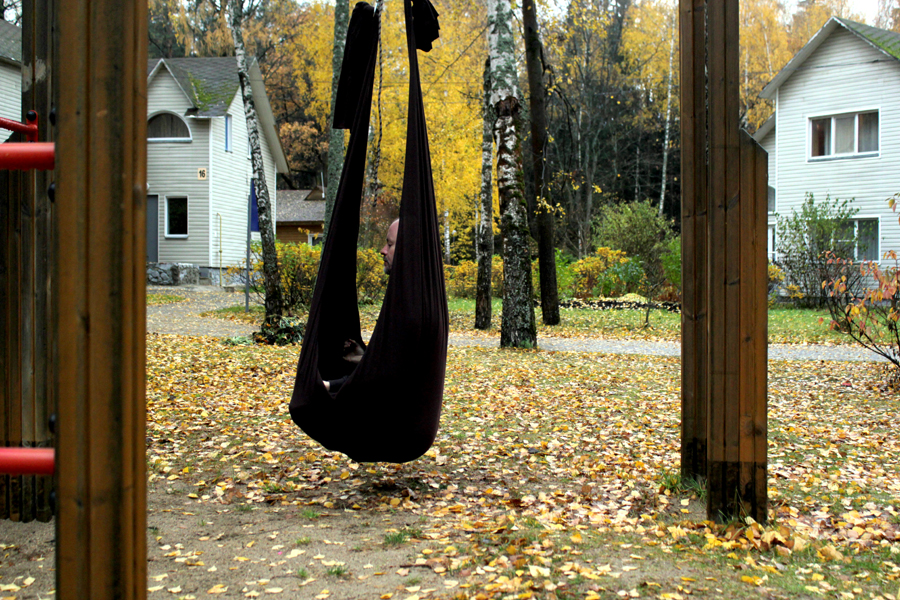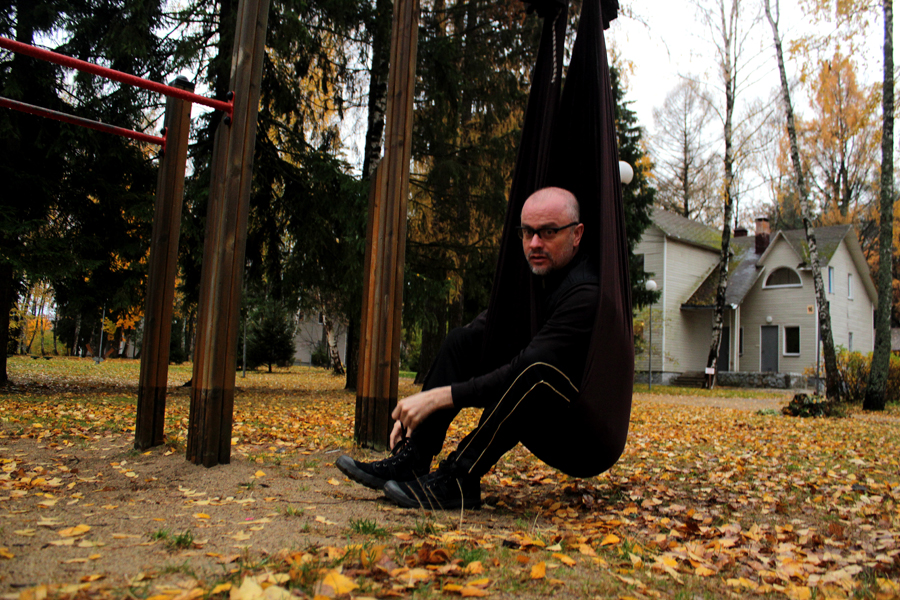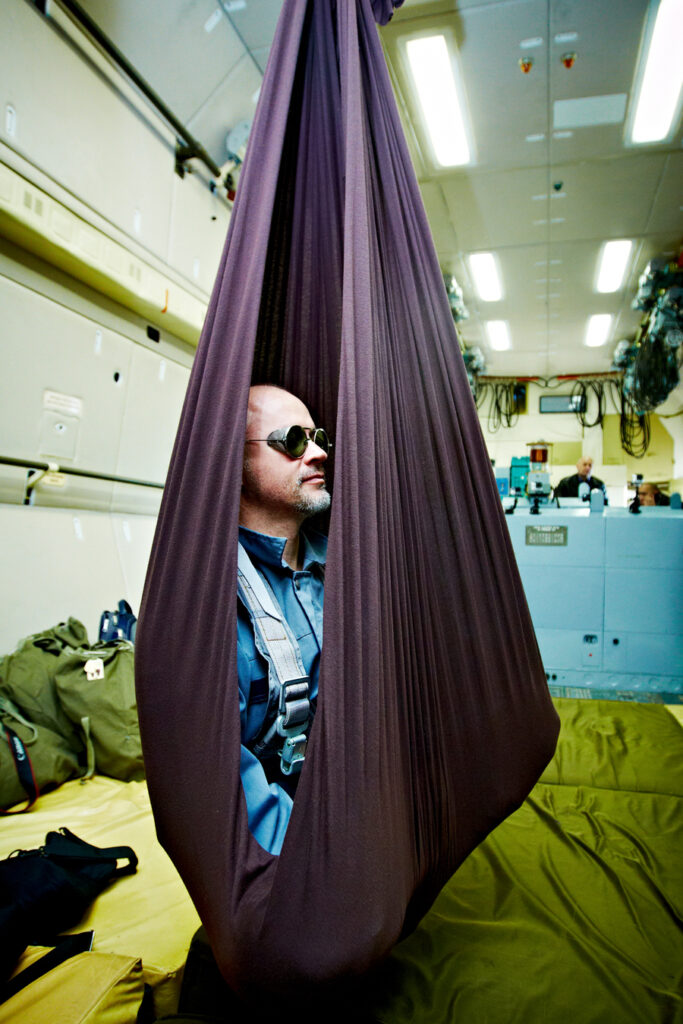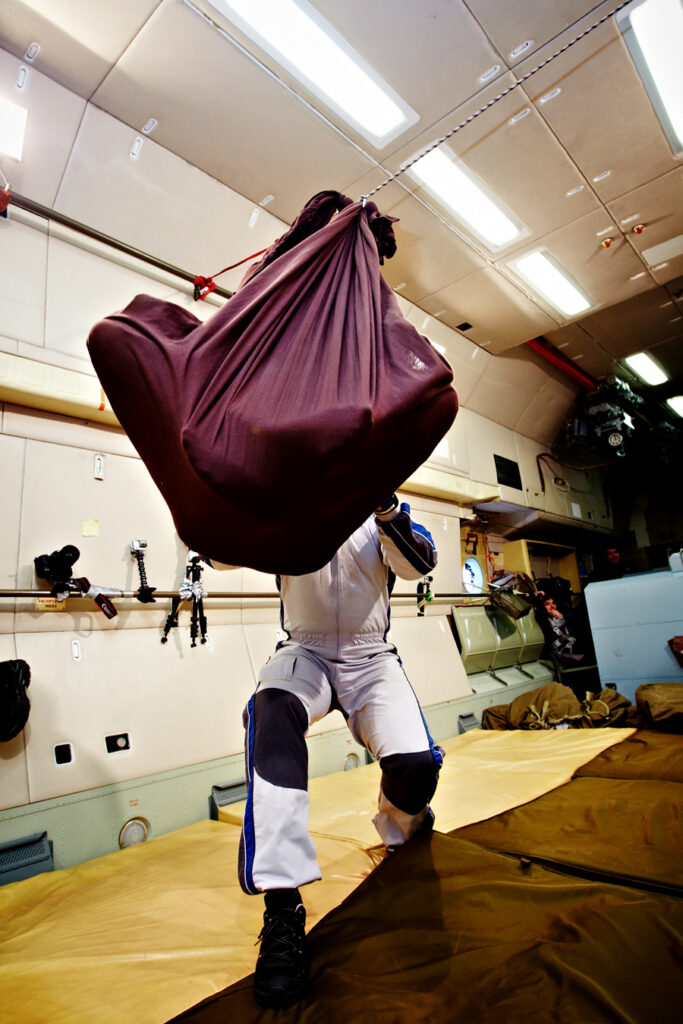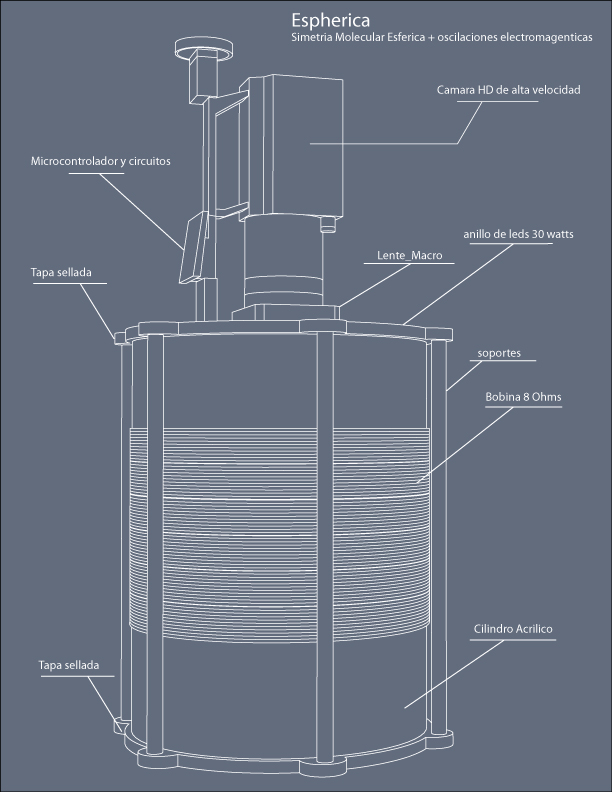
The mysterious clouds are floating adrift in constant transformation, in a constant hydrological cycle. White like foam, they contrast with the blue and infinite firmament. They darken, thunder and illuminate with energy discharges and billions of tiny drops of water that fall to the earth, nourishing and transforming it.
This is one of the mysteries of nature that has fostered the inquisitive and mystical mind of the first self-aware inhabitants of the earth. How is it possible that, if everything falls, these mysterious forms float in the air? Why does water, the origin of life, consciousness, and spirit, a vital essence that forms rivers, seas, glaciers, and lakes, precipitate torrentially from the sky? These are key questions of existence that persist and a mystery that we are still trying to solve.
Thales of Miletus is recognized as the first scientist/philosopher in Western history. He was a great scholar of water, electromagnetism, particles, and spirituality. Through intuition and empiricism, he was concerned with and related phenomena of nature that are intrinsically interconnected.
Modern science recognizes four forces or interactions of nature: electromagnetism, gravity, strong nuclear interaction, and weak nuclear interaction.
The study of water, its properties, and behavior is an immense source of knowledge. It is the only element in nature that exists in three states simultaneously. Under this dynamic, the hydrosphere was formed, the origin of life, and the existence of the biosphere. The fundamental interactions of the universe produce its vital cycle. The electromagnetism of the solar star causes its gaseous state, and by atmospheric pressure, it rises, forming microdroplets and ice crystals, giving rise to clouds. As they accumulate and increase in size, they precipitate to the earth due to gravitational interaction. Spherical droplets reflect the cosmos and the beautiful imperfection of symmetry, as paradigms of integration of complex phenomena. The reflection of the macrocosm as a detonating holism of speculations about reality.
Modern physics recognizes gravitational force as an interaction that permeates reality, like a cosmic tide that encompasses everything. The aquatic metaphor of movement and surface tension in water is essential as a poetic semantics of visualization for the behavior of these energies, beyond our spectrum of perception.
The water molecule, composed of two hydrogen atoms and one oxygen atom, is bipolar and has imperfect symmetry due to the branching of covalent bonds between the atoms. In liquid state, each molecule establishes bonds with four other molecules, and on the surface of water, it does so with two or three molecules, generating surface tension due to the tendency of water to associate as a unit.
When water is in free fall, surface tension gives it a spherical shape, which is the geometry with the smallest surface area per volume. The water molecule is diamagnetic and can be affected by external electromagnetic fields, being subtly repelled by these forces. Electromagnetism is fundamental in the many properties of this simple molecule, the most wonderful in the universe, the biological and consciousness builder.
The proposed artistic experiment is to observe and record the behavior of water in freefall, focusing on the formation of crystalline spheres of the molecule under the influence of oscillating electromagnetic fields. To do this, a glass cylinder containing a small amount of water will be used, surrounded by an enamelled copper wire coil. The coil will be energized with current at different frequencies, generating a toroidal electromagnetic field that will concentrate its force in the center of the cylinder.
To capture the experiment, a high-speed camera with a macro lens will be placed at the top of the cylinder, and a ring of ultra-bright LEDs will surround the camera lens to properly illuminate the environment. A microcontroller will be used to emit current frequencies to the coil and generate a variable electromagnetic field. In addition, the inside of the cylinder will be coated with a hydrophobic material so that the water does not adhere to the walls, facilitating its free integration into the spherical formation.
This experiment will allow us to visually record how the water molecule tends towards perfection in its spherical shape under the influence of oscillatory electromagnetic fields, revealing the beauty and complexity of the properties of this molecule. The combination of science and art in this experiment will allow us to appreciate the interconnection between these two fields of knowledge.
Spheres have amazed humans since ancient times. They have been a fundamental part of pre-science and the understanding of the celestial universe. They are used to name the different planetary strata, such as the geosphere, noosphere, biosphere, hydrosphere, and recently, the technosphere. In the universe, everything tends towards symmetry, but this is imperfect. Water molecules in the gaseous state, such as vapor, rise into the atmosphere to meet the ice crystals that fall due to gravity. In this encounter, an electrical differential is generated that, when accumulated, discharges as lightning to the earth. This happens about 50 times per second around the planet. This extremely high energy discharge generates an electromagnetic field that expands towards the ionosphere, bounces off it, and returns to the earth, generating an electromagnetic oscillation in the earth’s cavity. This oscillation is known as the Schumann resonance, which is in the range of extremely low frequencies, a frequency that could be considered the biological clock of a countless number of natural processes that are only just being discovered. Thinking of the water molecule as a generator of its own synchrony conditions, these frequencies will be emitted to it.
The experiment consists of studying, through high-resolution video portraits, the behavior of water in freefall, observing the formation of spheres and analyzing their behavior influenced by the electromagnetic field. The camera’s frame rate will be synchronized with the frequency of the electromagnetic field, as will the LED lighting.
This artistic experiment derives from a series of experimental pieces and speculative artistic hypotheses about reality, such as magnetoplankton, inductokhor, aquaplanetarium, spark-un-plug, sonoshock, aquaelectricarcplasma SIMS, among others, in which hypotheses are raised about water, energy, and perception.
“Espherica” seeks to provide results and generate aesthetic, hypothetical, conceptual, and theoretical questions about the water molecule and its existence. Natural forces that affect its behavior are explored, and hypotheses are raised that can generate reflections on existence itself. Through the use of various disciplines of knowledge, the aim is to speculate about reality and generate new perspectives.
- Bibliografia
- Water in the Universe
- Hanslmeier, Arnold 2011, XIV, 242 p.
- Astrophysics and Space Science Library, Vol. 368
- Searching for Water in the Universe
- Encrenaz, Thérèse VIII, 196 p. 210 illus., 100 in color.
- Jointly published with Praxis Publishing, UK
- The Tao of physics
- Fritjof Capra Jan 4, 2000 – Philosophy – 366
- shambhala,
- Water, Pure and Simple
- Dr. Paolo Consigli MD May 6th 2008, 400 pages
- Published by Watkins
- Proyectos realizados Agua-arte-tecnología-ciencia-espiritualidad
- 2002 el autentico chilango, Agua Wasser Instituto goethe Unam
- 2006 spark-un-plug http://www.arc-data.net/sparkunplug/
- 2006 aquaelectricarcplasma http://www.arc-data.net/aquaelectricarcplasma/
- 2008 InductoKhor http://www.arc-data.net/inductokhor/
- 2012 Magnetoplankton , http://www.arc-data.net/magnetoplankton
- 2011 SIMS http://www.arc-data.net/satelite
- 2007- Nanodrizas
- 2011 60hz&noise http://www.arc-data.net/60Hz&wNoise/
- 2013 8 X 8 Ù / 1 bit , http://www.arc-data.net/8x8ohm/1bit
- 2014-15 AquaPlanetarium http://www.arc-data.net/AquaPlanetarium/
- Sistemas de audio-toques 2005-2015 Sonoshock.org
- icpiticayotl http://www.arc-data.net/cajadetoques/icpiticayotl/
- contra_flujo http://www.arc-data.net/contra_flujo/
- sonoreductronic http://www.arc-data.net/sono-reductronic/
- CHAE http://www.arc-data.net/cajadetoques/CHAE/
- cajaderitmotoques http://www.arc-data.net/cajaderitmotoques/
Agradecimientos :
Nahum, Ale de la Puente, Miguel Alcubierre, Mauricio Alvarez ,Santiago Itzcoatl. La Metropoliana, Ivan Abreu, Beto Adame, Constanza Casamadrid , Ingmar GLez Krotzsch, Marcela Armas, Ivan puig, Fabiola Torres Alzaga, Tania candiani, JuanJose Diaz Infante, Space affairs, Maro Pebo, Israel Esdra, Azucena Lozada, Juan CArlos Vazquez ,
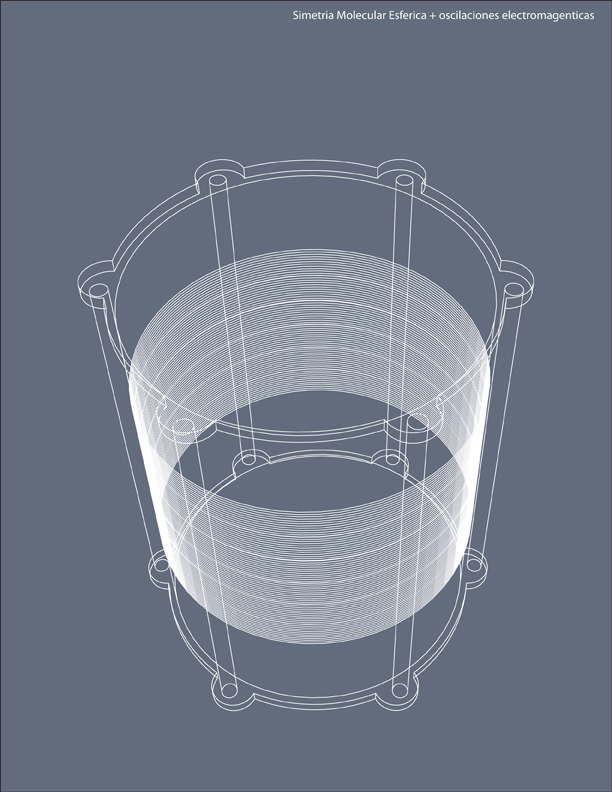
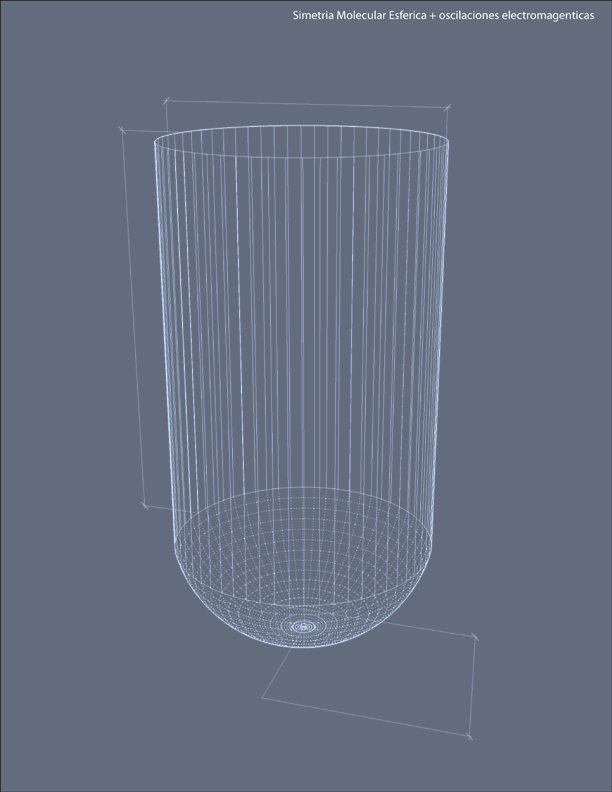
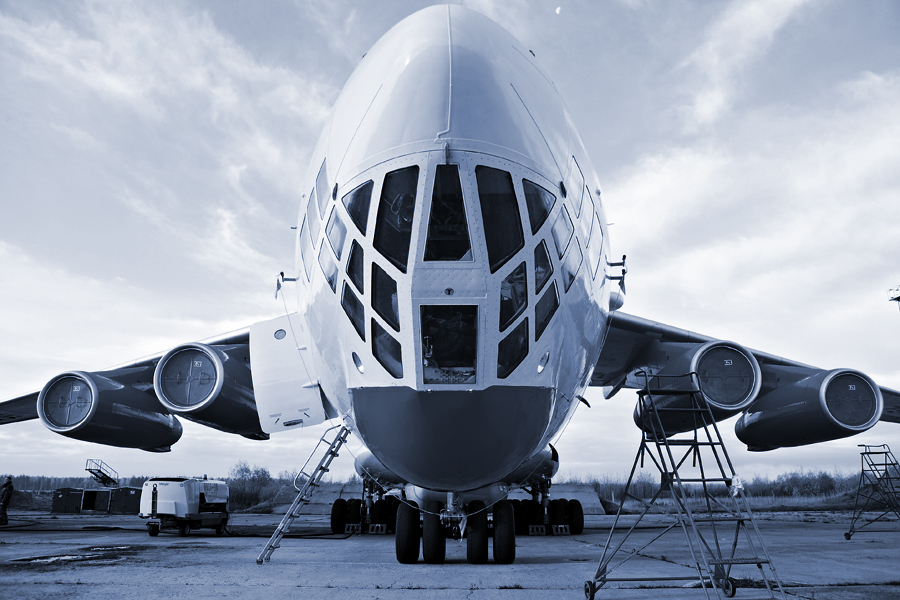
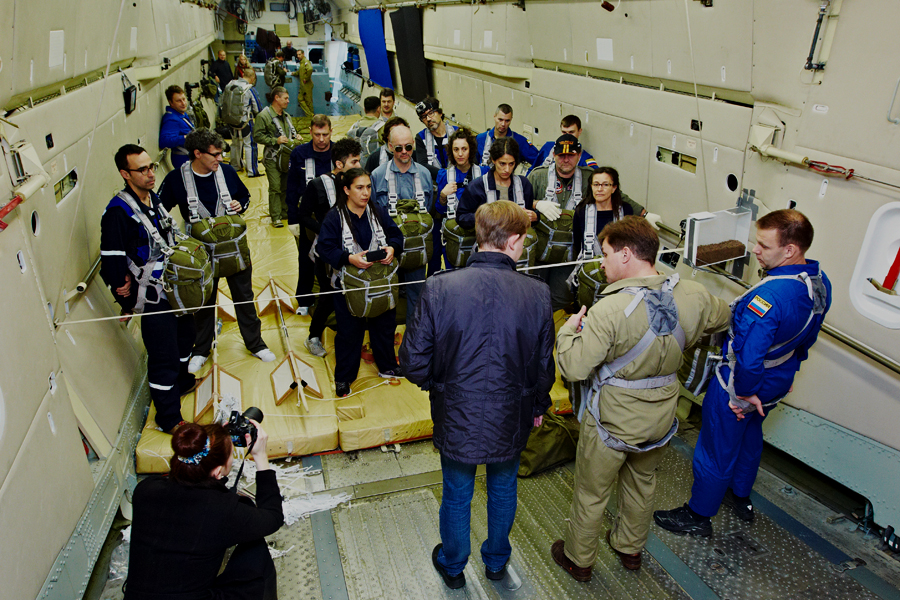
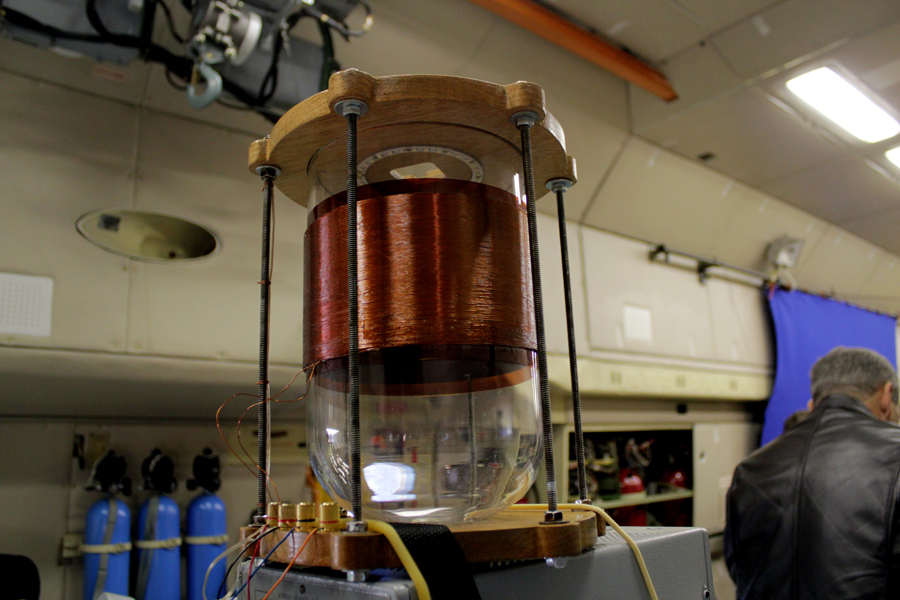
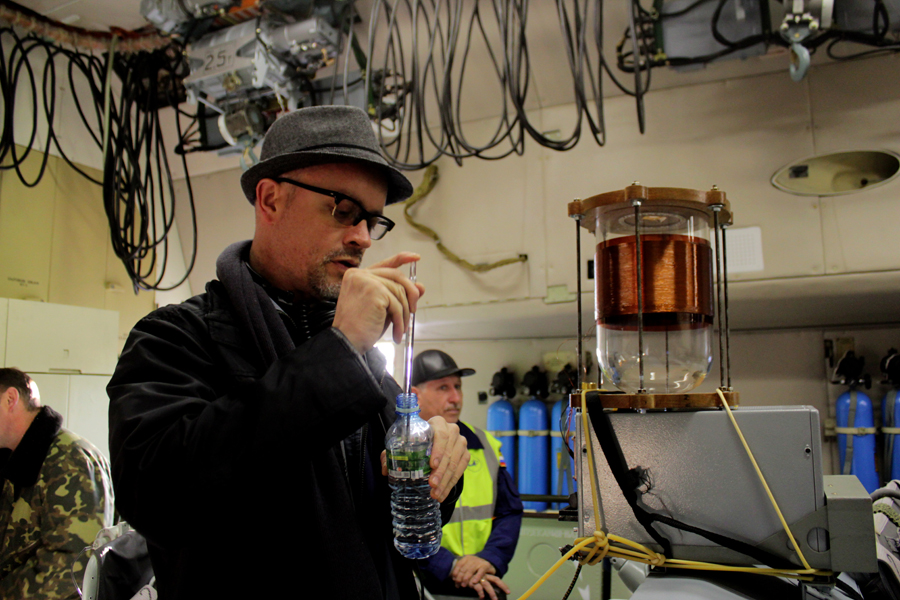
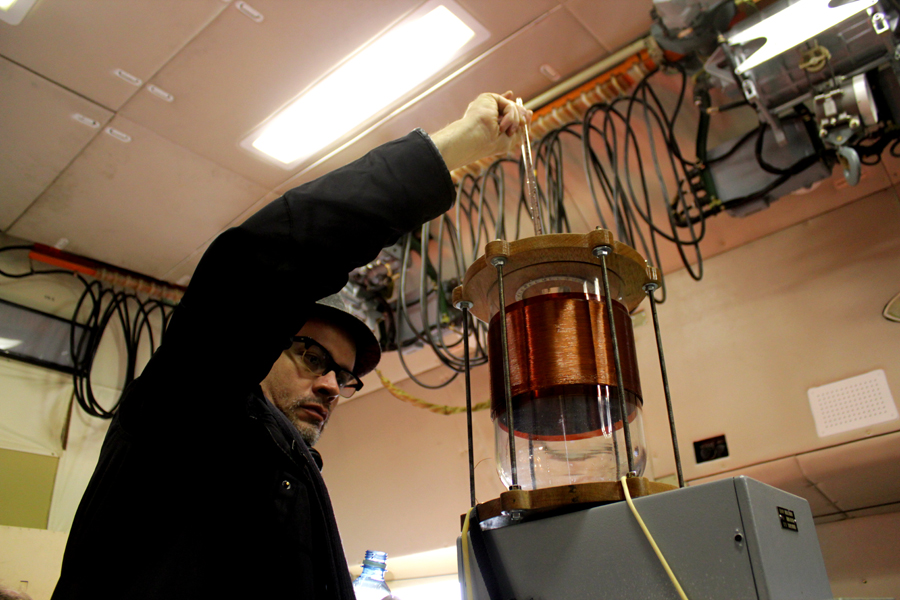
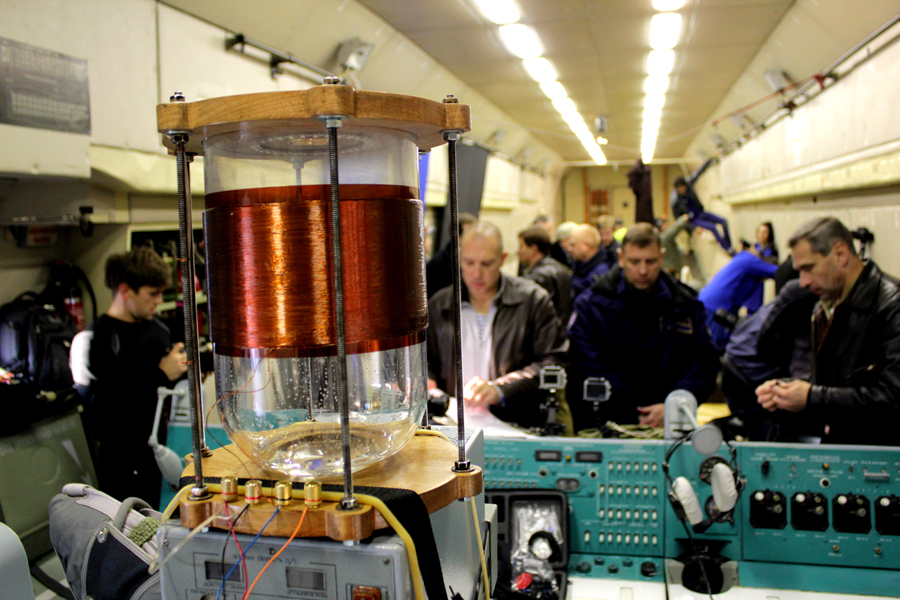
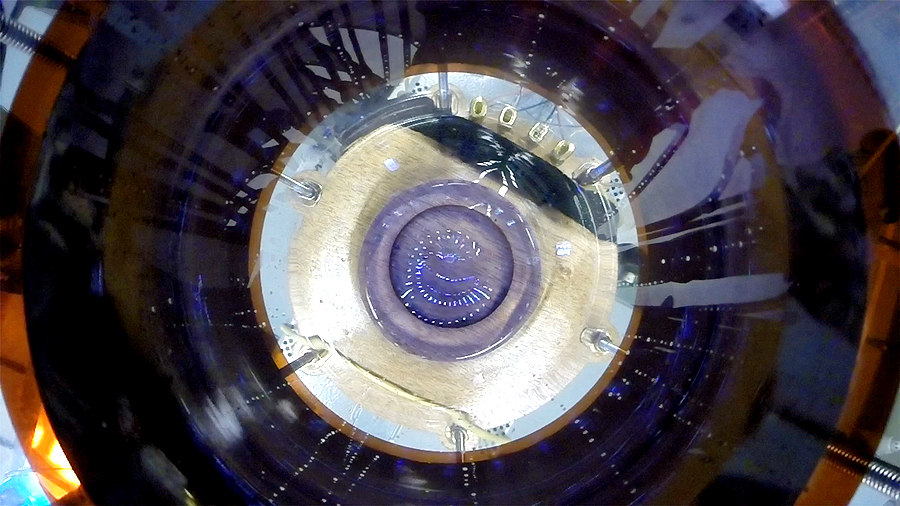
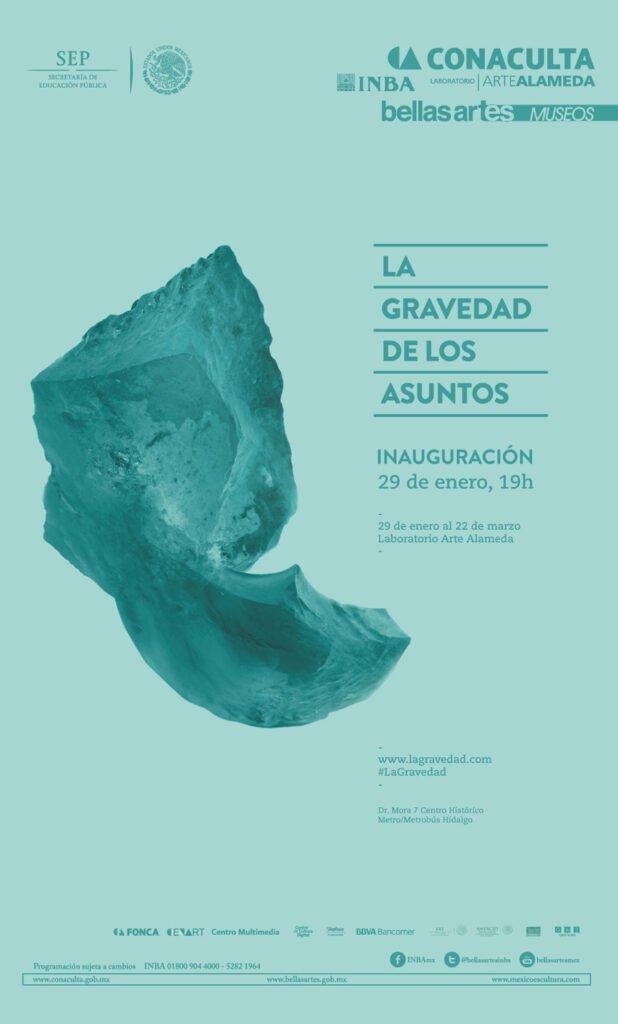
Pieces mounted in the exhibition
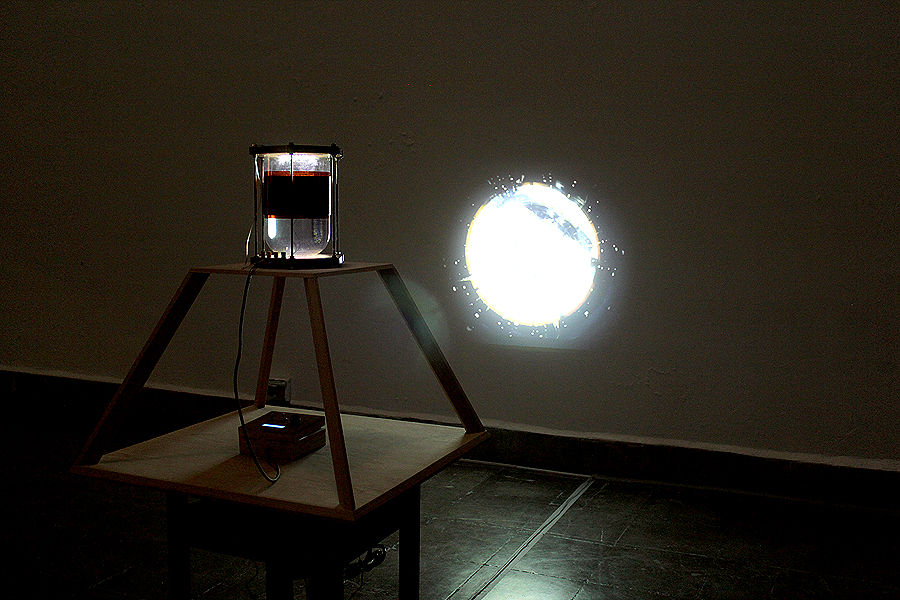
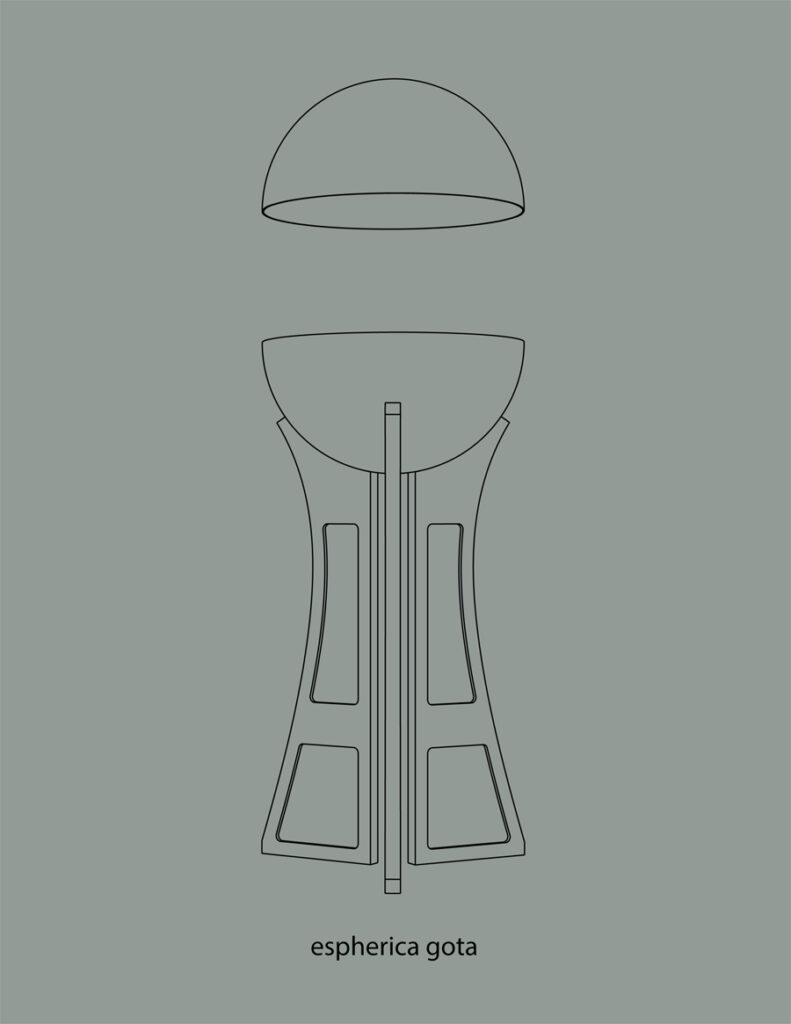
Espherica Gota is an anti-gravity water droplet simulator composed of a wooden tripod structure, two half spheres made of black acrylic, a 24-volt brushless motor water pump, a microcontroller, relays, and electronic circuits.
Water is projected in a vertical trajectory until it reaches the top, where it starts to fall due to gravity. It is a parabolic simulator that, through a strobe light hidden in the upper sphere, causes the phenomenon of retinal persistence. In this way, spectators can fix in their minds different stages of the behavior of water, observing how, for moments, it remains frozen in the air during the inflection of its movement in the face of gravity. Its transformative capacity and surface tension in the process of spherization can also be appreciated.
The prism-like water molecule has optical properties similar to crystals, and observers can reflect on its surface, perceiving the microcosm and macrocosm in the forces that govern the universe.
Something very special happened with this piece. I received a call from the museum informing me that the strobe light wasn’t working. When I went to check it, I took out my phone and turned on its flashlight. I peered into the hanging half-sphere and, to my surprise, saw the night sky , the celestial sphere . Small droplets had splattered on the inside of the acrylic sphere and, as the water evaporated, they left star-like marks. It was a beautiful image in sync with several of my research themes.
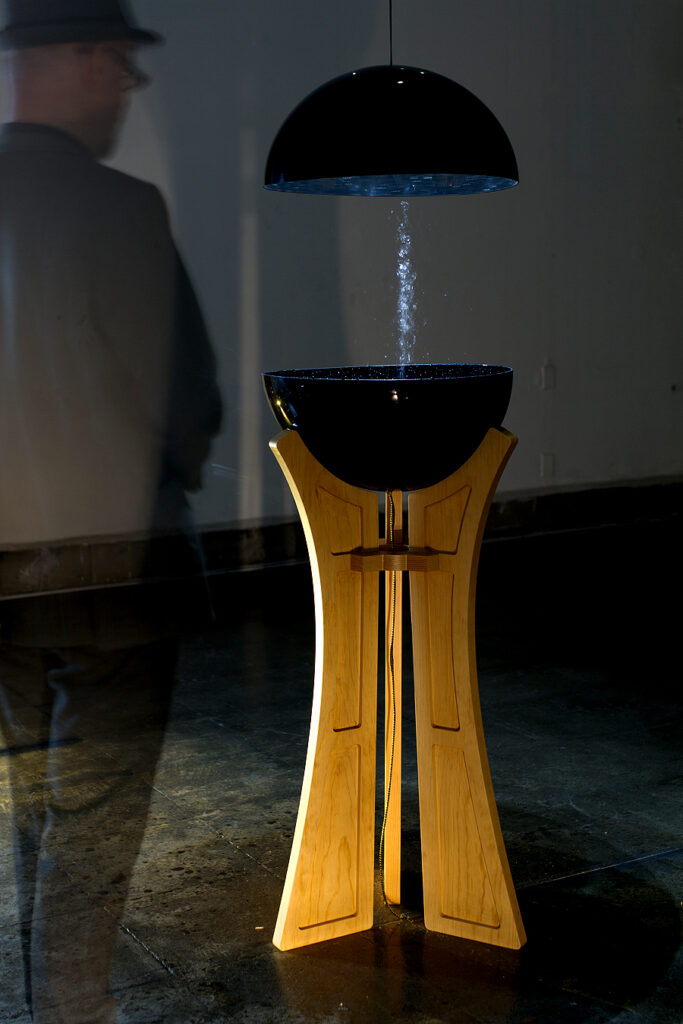
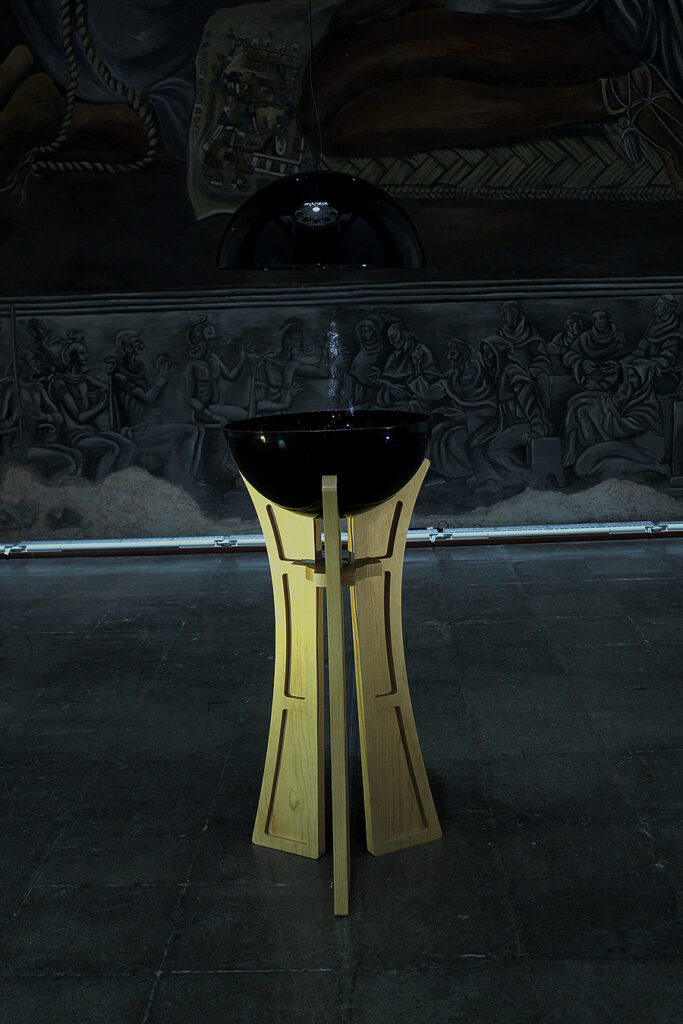
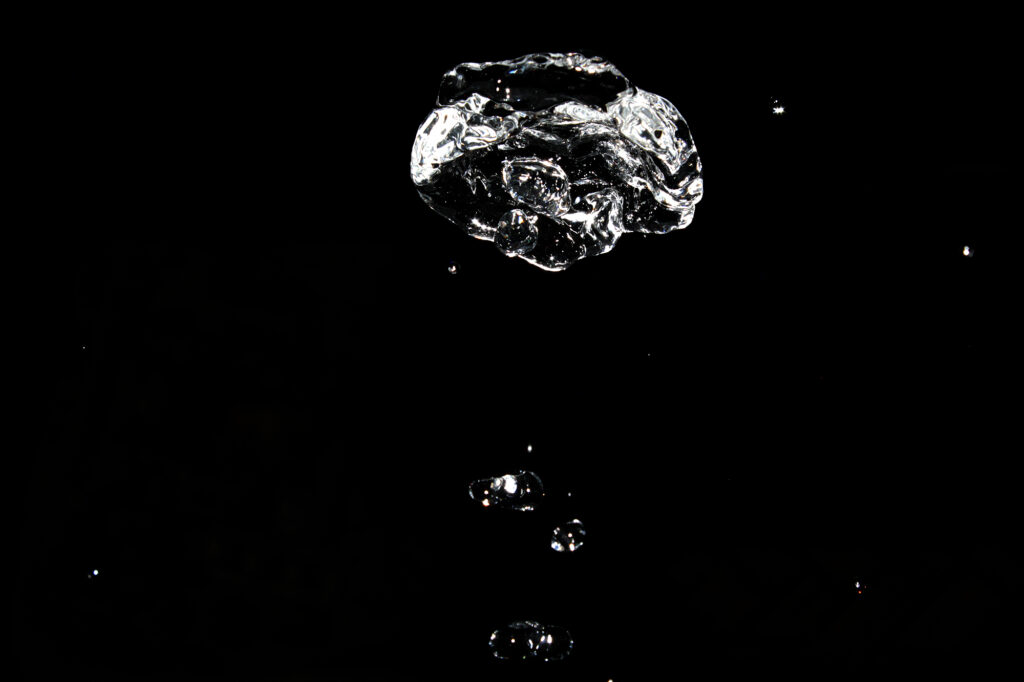
Proposals
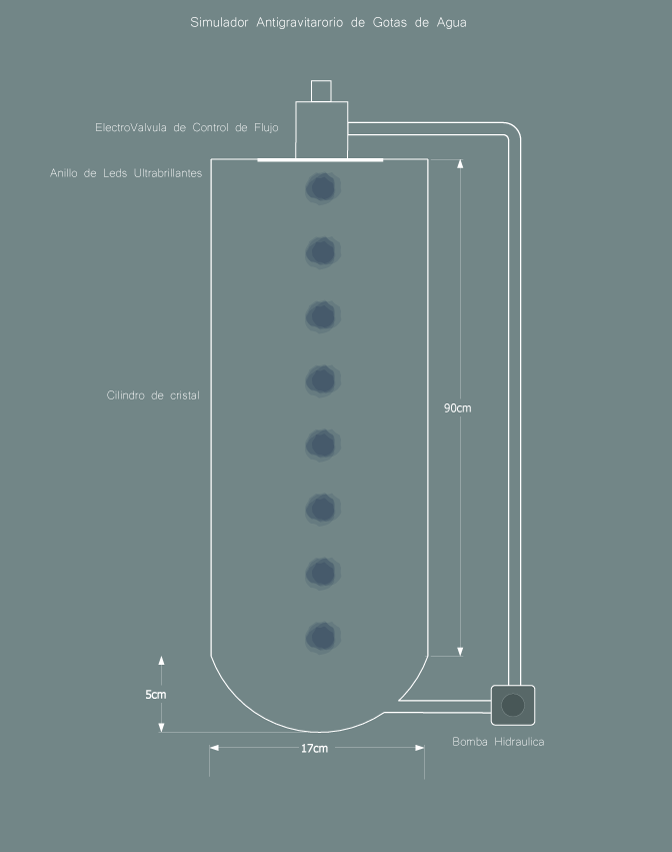
Anti-gravity Water Droplet Simulator (SAGGA)”.
An electrovalve will drop water droplets in a precise sequence, one after another, falling through the center of a glass cylinder. A system of stroboscopic LEDs will illuminate them, freezing them in mid-air for an instant. Due to retinal persistence, the mind will perceive a water droplet floating inside the cylinder. The droplets of water keep a sort of memory when falling, making the simulation appear as a single droplet when it is actually a succession of thousands of identical ones.
The user will have control over two variables: the strobe frequency and the droplet frequency, allowing interaction with the droplet’s falling speed, making it rise, fall, or stabilize in one place, seemingly defying gravity.
SAGGA is an experiment about perception of reality, time, and the search for equilibrium in symmetry and perfection.
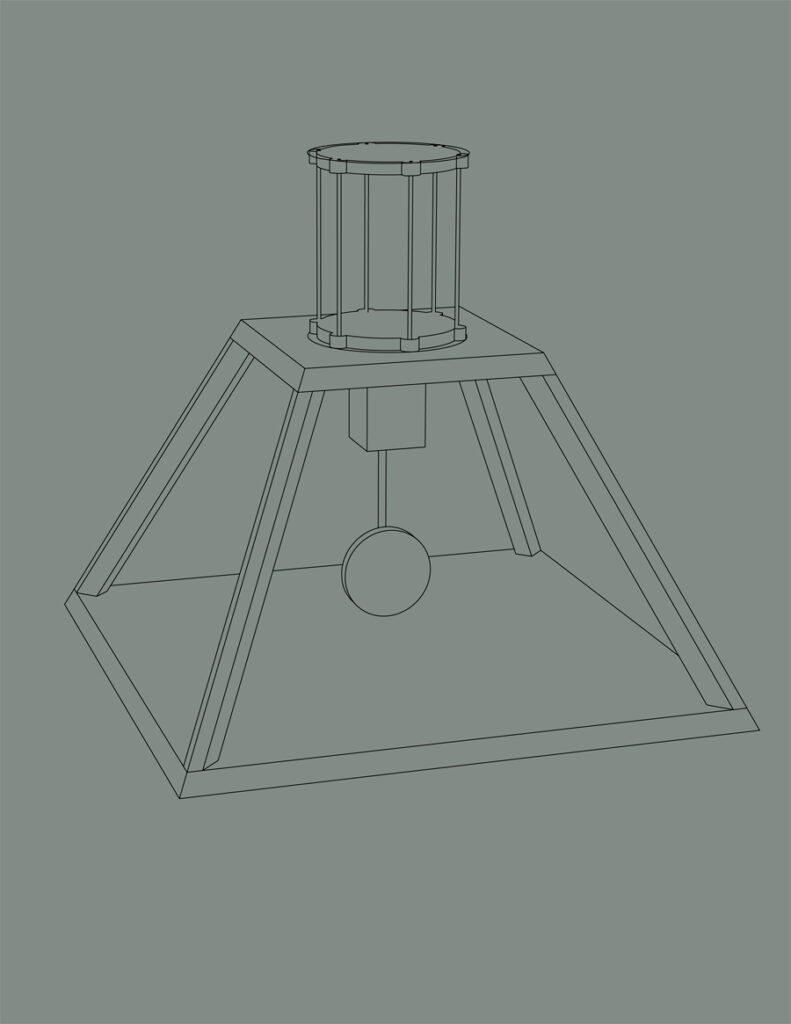
Espherica Shuman – Piston Gravitational Simulator
This device consists of a wooden structure, a coil, an amplifier, a borosilicate cap, a microcontroller, LEDs, a motor, a gear, and a hydrophobic coating.
The device will generate a vertical oscillatory motion, propelling the water and, at times, releasing it from the container’s pressure, allowing it to fall freely. A camera will capture the movement and behavior of the water molecules.
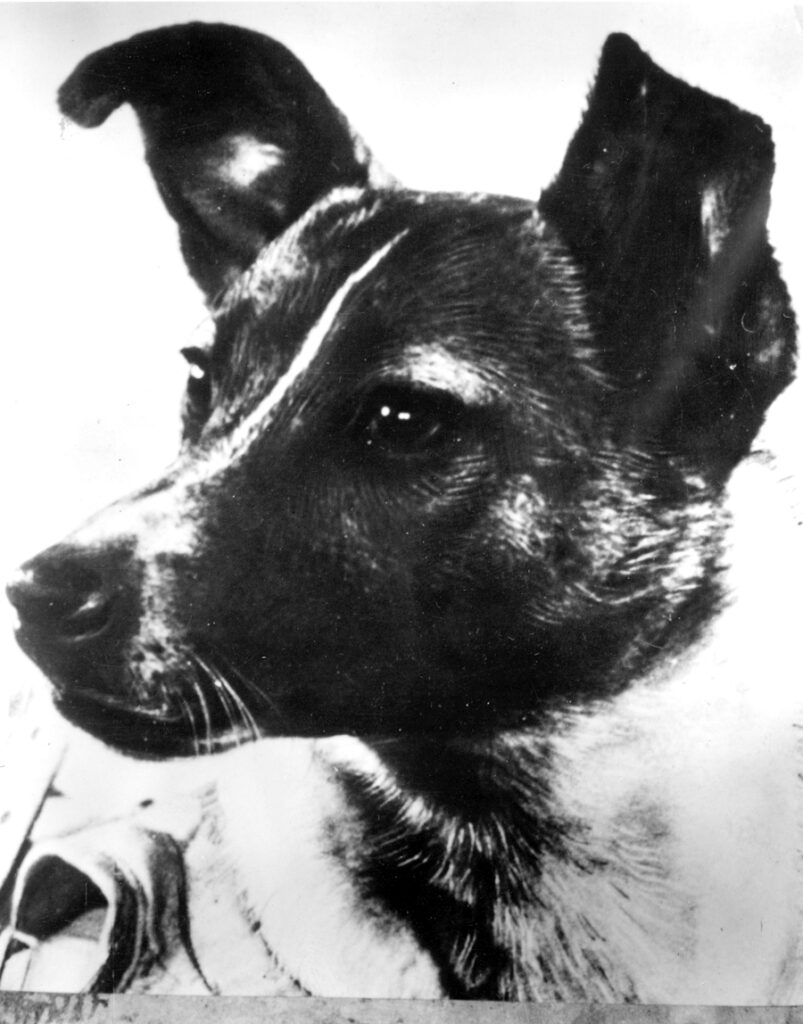
Invitation to experiment
Two years ago, Ale de la Puente and Nahum Mantra summoned us to the Laboratorio Arte Alameda to explore the possibility of carrying out artistic experiments in zero gravity. This meeting was a very special moment, as we realized that we would have the unique opportunity to experiment with gravity in a real way. It was very motivating to think that all the thoughts I had had about this natural phenomenon could be synthesized into a concrete and current experience.
I have been practicing meditation and lucid dreaming for several years. A large part of my artistic production is related to the perception of concrete, dreamlike, and digital environments. During these years, I have been in a constant personal search for anti-gravitational states in the practice of lucid dreaming. After the announcement that was made to us, I began to investigate more about gravitation and non-ordinary states of consciousness. I remembered reading about a recent practice of aerial yoga that was receiving a lot of attention, so I researched and set up a fabric hammock at home to practice this type of yoga. The hammock is an elastic fabric that hangs from a point on the ceiling by mountaineering ropes and is used to practice postures developed specifically for this system. The lotus position for meditation is very natural in the hammock, as the weight of the body is distributed evenly, which helps to keep the back straight, ideal for proper breathing. I began to develop a personal meditation model based on the pendular movement of my body in the hammock, a practice that I perform day by day as a series of experiments to reach non-ordinary states of consciousness. The mind constantly wanders and produces ideas, but in meditation, we seek to calm the mind. When I close my eyes, a continuous succession of thoughts, images, and ideas occur one after the other without stopping.
In these meditations, I seek to concentrate on aspects and moments of impermanence. Through this practice, I seek to dissipate the mind and bring it to a Zen state. To do this, when meditating on the pendulum, I try to focus my mind on the subtle pendular movement of the hammock, with closed eyes and without taking any specific point of view into account. I try to perceive these movements as related to gravity since a pendulum swings under the movement of the Earth and the axis of gravity is located at the top. I try to feel that anchoring point and the gravitational attraction of the Earth, to be present and aware in that precise moment. Another moment of impermanence that I focus on is in breathing, the constant flow of energy exchange with nature. I try to perceive the moment when Prana enters or leaves my body, paying attention to the impermanence of the process of energy exchange with nature.
In this meditation, I combine Syntoni.co, a system I developed to structure water molecules by electromagnetic fields. During the night, a coil induces special electromagnetic frequencies to a glass jar of water. When I wake up in the morning, before meditating, I drink this water while Syntoni.co emits this frequency as an audible tone thanks to a neodymium magnet that oscillates under the electromagnetic field. During the pendular meditation, I visualize the distribution of the water molecules in my body and simultaneously seek deep listening to the oscillatory frequency as sound, as well as the Doppler effect of sound due to the movement of the pendulum. I try to perceive all these moments simultaneously, in the here and now, with the intention of dissipating the mind from the constant flow of ideas.
In this meditation, I seek to induce lucid dreaming while I am awake. That is, to enter directly into a state of dreamlike lucidity from consciousness. During the meditation, the images produced by the mind are opaque, dark, and lack solidity. However, on rare occasions, I have managed to transcend space and time. In an instant, the space of my mind literally lights up, dissipating the opacity of the images and giving way to a hyper-luminous sensitivity. This threshold of access to dream lucidity comes together with the simultaneous activation of other senses, which allows me to clearly perceive the dream environment and the possibilities of the mind in dream consciousness.
On these occasions, I have found myself in bucolic landscapes of nature, such as meditating atop a mountain surrounded by pine trees, observing other mountains on the horizon, or on a white sand beach feeling the warmth of the sun and humidity on my skin. I have also floated adrift in the tide or experienced weightlessness, overcoming the force of gravity. These states are brief, but I continue to explore and practice in order to expand and amplify my perception.
The book “Yoga Dreams” written by Tenzin Wangyal Rinpoche, analyzes the Bon and Buddhist traditions of Tibet in the practice of lucid dreaming. In these practices, being conscious during sleep is a process to continue meditation and pass through different spheres of consciousness.
In my experimental research, the water molecule is fundamental. I construct artistic experiments as hypothetical systems, employing processes of inquisitive thinking of society, scientific and mystical hypotheses synthesized in personal and subjective searches posed as speculations about existence and reality.
The possibility of observing the water molecule in free fall in a zero gravity environment has been in my subconscious for a long time. It has been a wonder to observe the experiments carried out on the space statio
The research on the mysterious properties of the water molecule is linked to my meditative practice, focusing on the perception of the environment, especially in relation to gravity. I wonder, why are we able to dream that we defy gravity if we have never been in zero gravity? Why do those massive whitish shapes remain suspended in the sky when everything falls? Why do they suddenly fall like water or like spheres of ice? What causes the water cycle? What is the influence of the sun and the moon on the water molecule? Are they the only celestial bodies that generate influence on molecular behavior or is the water molecule capable of perceiving other celestial bodies?
In addition, I question how the human body is composed. How many water molecules do we have and how often do we exchange them? Does inhabiting the hydrosphere mean that we live immersed in water? Do we play a part in the water molecule’s hydrological cycle? What role does the molecule’s ability to generate electromagnetic energy and stable oscillatory frequencies, and the diamagnetism of water, play in our body?
All of this was a previous preparation for the current experience in the Roscosmos gravity laboratory. Living the actual experience of going from double gravity to zero gravity was a magnificent feeling of freedom and completeness. The experimental search for non-ordinary states of consciousness and perception moved from dream activity to the experience of concrete surroundings, shared perception, and collective recognition. I went from a personal subjectivity of my mind to an objective certainty produced by the physical forces of nature. In the state of weightlessness, I focused on observing the behavior of the molecule inside the artifact I built for this purpose. The instructors asked me to fix it onto some control instruments in the cabin.
In my experience of transitioning from double gravity to zero gravity, I was able to observe a viscous behavior of water at the moment of inflection of the parabola. To improve the freedom of movement of the molecules, I placed a nano-technological hydrophobic material inside the artifact’s glass. However, due to the flight’s inertia, the water still adhered to the glass walls and, in my desperation, I shook the artifact to release it, resulting in the formation of water tentacles and spheres that were released. These experiments generated new questions and solutions for my research.
Performing 10 parabolas in zero gravity was exhausting both physically and mentally. Upon returning, I lay on the mattresses that covered the floor and had a lucid and awake dream in which I floated in zero gravity and observed a very bright horizon. I placed water that sought to become a sphere and rippled in its viscosity. Inside the huge sphere, I put a little dog to swim and its head came out on top, a very beautiful image. However, when I opened my eyes, I found myself on the return plane. When I shared this experience with my friend Brian Mackern, he told me that Laika, the first living being in space, died of dehydration.
